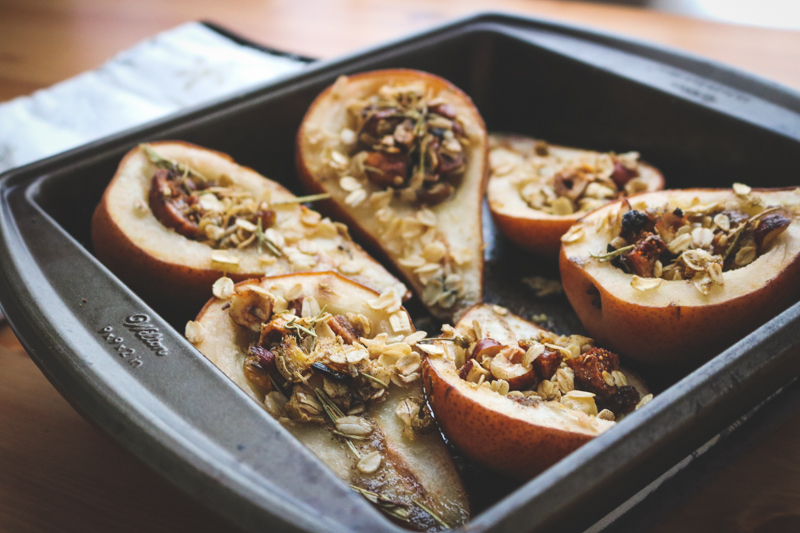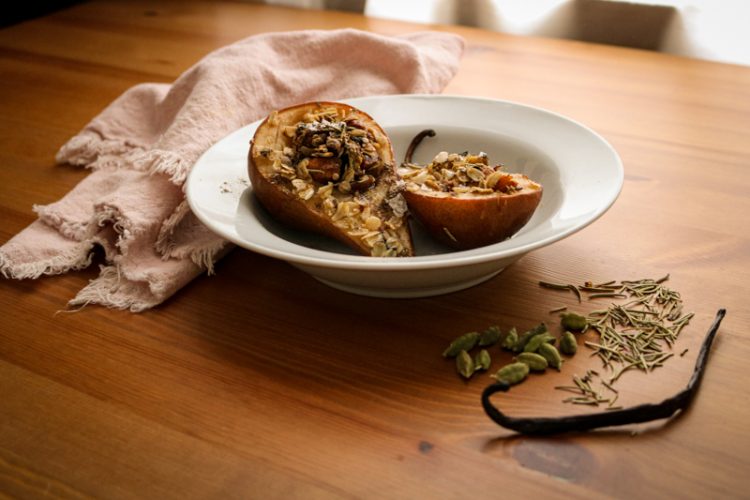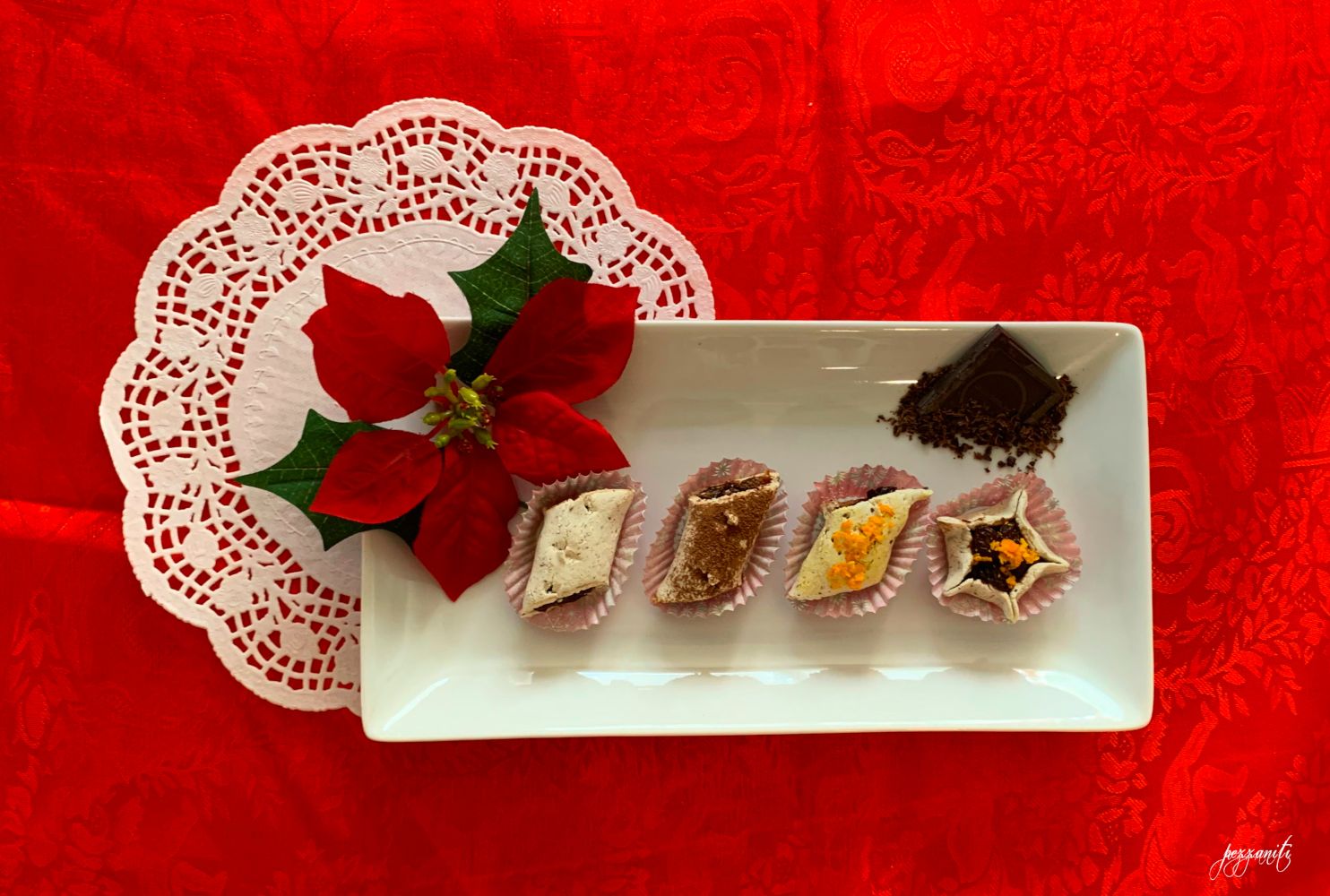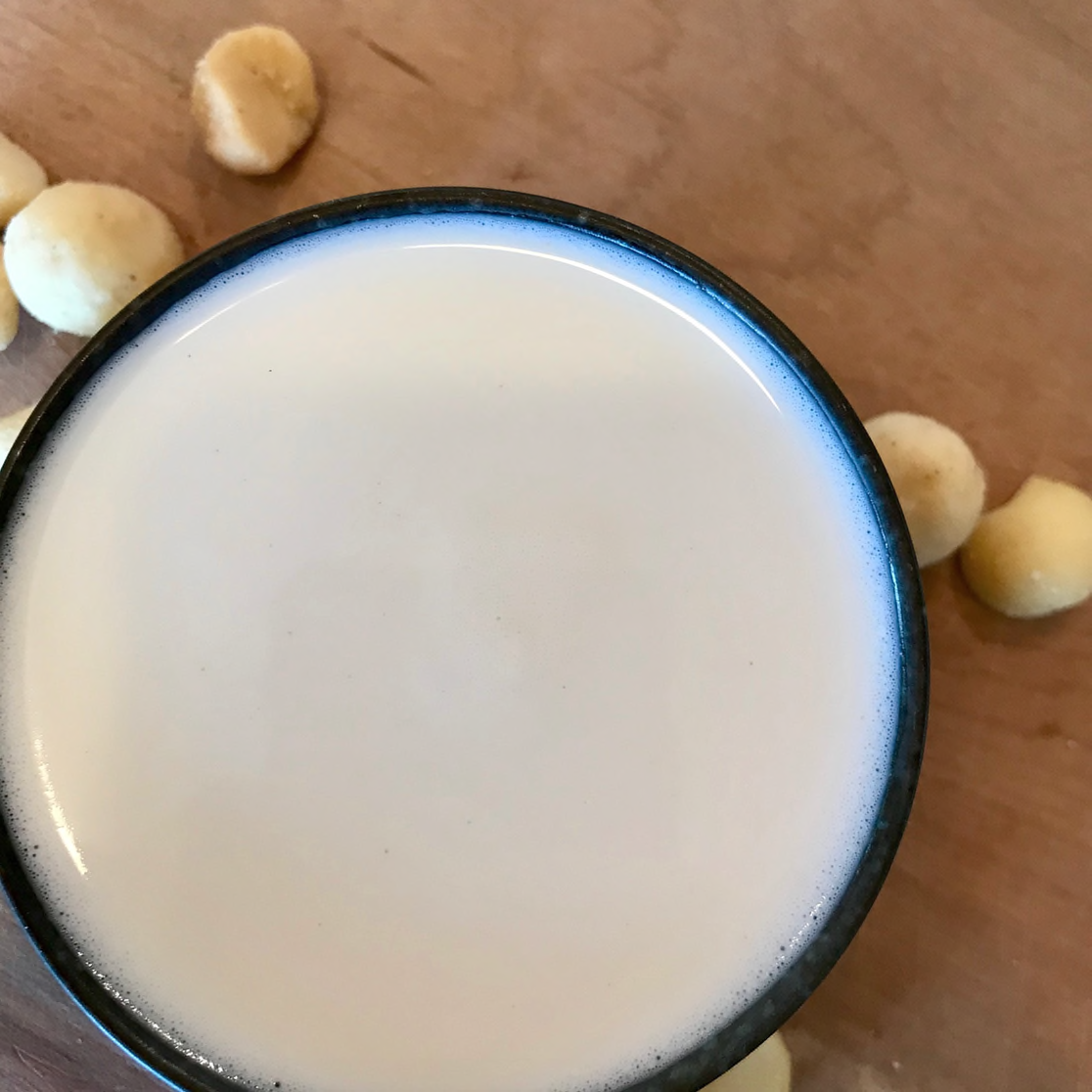If you’ve ever tried to curb your sweet tooth during the holidays and failed, I have good news for you: your cravings are not coming from some malicious marketing scheme or a fissure in your self-control; rather they’re powerful and essential messages from Mother Nature herself that you should 100 percent heed! When it comes to diet, Ayurveda recommends turning to foods that are warm, pungent/spicy, sour, salty, heavy, grounding, and, you guessed it, sweet during fall and winter to counter the prevailing air and space elements in our environment. In other words, we turn to those denser, more appetizing meals as a survival mechanism to help us get through a season of scarcity and latency in the plant kingdom. But sweetness does more than just satisfy the body: it feeds our emotional hunger, too, offering a sense of calm, comfort, and connection because of the water and earth elements it comprises. It’s no wonder that baking has become a top quarantine activity!
Knowing when to feed ourselves with food or with company is an important distinction to make, but this year especially, as the latter might be scarce, we should feel permission to turn to sweetness in the kitchen. That doesn’t always mean “sugar” in the traditional sense but includes foods like root vegetables, grains and wheat, stewed fruits, nuts, and even meat in moderation (if you consume animal products), all of which are part of a balanced and wholesome diet.
This recipe for Ayurvedic Baked Pears meets all those requirements, making it an ideal food to incorporate into your weekly meals and bring that holiday feel to any day of the week. In addition to the overall balancing qualities mentioned above, foods with white flesh (pears, apples, potatoes, radishes, celery root, cauliflower, garlic, mushrooms, tofu, etc.) are excellent for supporting the immune system. The combination of spices is also particular for boosting body and mind: all the herbs, including the perhaps surprising sprigs of rosemary, support mental clarity and heart-opening, as well as offer antimicrobial and antiviral support.
I’ve been enjoying these pears in the mornings with extra oatmeal on the side, or you could serve a more dessert-style pear with a dollop of coconut whipped cream or yogurt. (And, if you’re in a real bind, you can always bake the pears on their own with the spiced oil, and fill them with granola!) No matter what time of day you’re sitting down to eat, make sure you factor in the nutritional value of your surroundings. Satisfy your sweet cravings with cozy textures, warm light, and the smiles of ones you love—in person or through a screen—for the deepest form of nourishment.

Ayurvedic Baked Pears Recipe
Prep time: 15 minutes
Cook time: 30-40 minutes
Serves: 3-4
Ingredients
- 3 large or 4 medium pears
- 1 vanilla bean (or ½ tsp pure vanilla extract)
- ¼ cup chopped mixed dried figs and golden raisins
- 3 tbsp rolled oats
- 2 tbsp chopped nuts (hazelnuts, walnuts, and/or pecans)
- 1 tbsp minced or grated fresh ginger
- 2 tbsp melted coconut oil
- ½ tbsp dried rosemary
- ½ tsp ground cardamom
- ¼ tsp ground nutmeg
- 1 tbsp maple syrup, optional (see Note)
- Big pinch of flaky sea salt
Directions
- Preheat the oven to 350 degrees F.
- Cut the pears in half, then use a sharp paring knife to trace a circle in the wide lower half of each pear half, around the seed. Then slice an X through the circle. Use a spoon to scoop out the pear flesh you’ve just carved out, and set aside. Place the pears in an 8-inch square baking dish.
- Slice the vanilla bean in half lengthwise and scrape out the paste. Chop the pod into small pieces and add to a medium bowl. Add to a small bowl and chop the pod into separate, small pieces.
- Combine the chopped figs and raisins, oats, and ginger in the bowl with the vanilla pod. Mix to combine.
- In the bowl with the vanilla paste, add the melted oil, rosemary, cardamom, and nutmeg. Stir to combine.
- Stir in 1 ½ tablespoons of the spiced oil into the oat-fruit-nut mixture. Spoon into the hollows of the pears. If you have extra filling, you can heap it into the pears or sprinkle it over top of them.
- Drizzle the pears with the remaining oil and maple syrup, if using. Add 2 to 3 tablespoons of water to the bottom of the pan. Cover the pan with foil, and bake for 20 minutes.
- Remove the foil, and bake for another 15-20 minutes, until the pears are soft when pierced with a knife and the filling is bubbling. This second cook time will depend on the size and ripeness of your pears, larger/firmer pears taking longer to cook.
- Let the pears sit for a few minutes until cool enough to handle. Serve 1 or 2 halves per person, and garnish with additional spices, nuts, or fruit as desired. Store leftovers in an airtight container in the refrigerator for up to 3 days.
Note: For an herbal-infused maple syrup, combine 1 tablespoon dried chamomile flowers in 1 cup pure maple syrup. Let infuse for 2 to 3 days in the refrigerator, and store the sealed jar chilled for up to 1 month. You can strain the chamomile if you prefer, but I like to have the flowers for an extra dose of calm and happiness!













